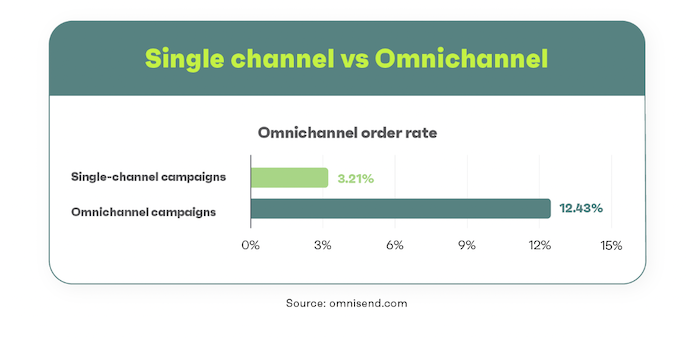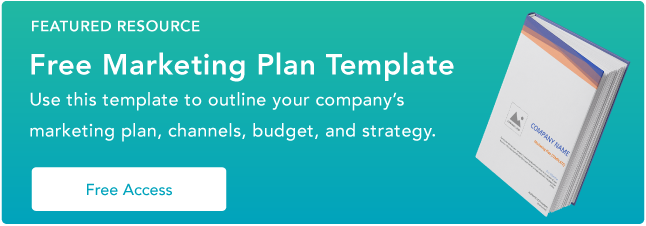Integrated Media Planning: What It Is and How to Adopt it In Your Marketing Strategy

Whether we realize it or not, we’re surrounded by integrated media planning.
For example, a few months ago, I was driving to the airport and saw a billboard for Kim Kardashian’s company, SKIMS. A week later, I saw ads on Instagram and a SKIMS segment on “Keeping Up with the Kardashians.”
I had one of those moments where I thought, “SKIMS is everywhere!” and soon, when I was shopping for shapewear for my wedding, guess what brand I thought of? (Spoiler alert: it was SKIMS).
Integrated media strategy made this possible. Below, we’ll dive into what integrated media planning is and how to adopt it in your marketing strategy.
Already know what you need? Jump there with this table of contents:
Table of Contents
Using integrated media essentially ensures that all of a business’ different audience segments can encounter its ads and likely encounter them on various channels.
Types of Integrated Media
Any form of media can be considered integrated media.
This includes but is not limited to:
- Your website
- Blog articles
- Billboards
- Radio/TV commercials
- Print ads
- Press coverage
- Social media content
- Paid media
- Social ads
- Search engine marketing
- Events
- Partnerships
Perhaps you could segment them by categories like digital (e.g., social media, email, SEO), broadcast (e.g., radio, television), print (e.g., magazine, billboards), and outdoor (e.g., billboards, transit).
But truthfully, any combination of media channels you can imagine can be considered “integrated” if you’re tapping into them for the same goal.
For the purposes of integrated media planning, some find it helpful to divide channels into three buckets: paid, earned, or owned.
Paid Media: As the name implies, paid media is media where you pay for exposure. Think sponsored social media posts, billboards, retargeting ads, TV commercials, or paid search results.
It is typically used to expand your brand awareness, get more clicks, and generate more traffic.
Need help tracking and organizing your media planning and media buying? Our free paid media template can help.
Earned Media: This is media or content you didn’t ask for but can benefit from. It’s any material written about you or your business that you haven’t paid for or created yourself, like magazine features/articles, television or radio interviews, or reviews. Some often call it “publicity.”
Like paid media, this can help build awareness and generate more interest and sales, but you don’t have any control over the messaging. It can be positive or negative.
Owned Media: Owned media is made up of channels you’re in full control of. Think of content for your company website, blog, and social media accounts. You determine what’s said and how it’s presented.
The decision about which specific blend of these is the task …read more
Source:: HubSpot Blog










